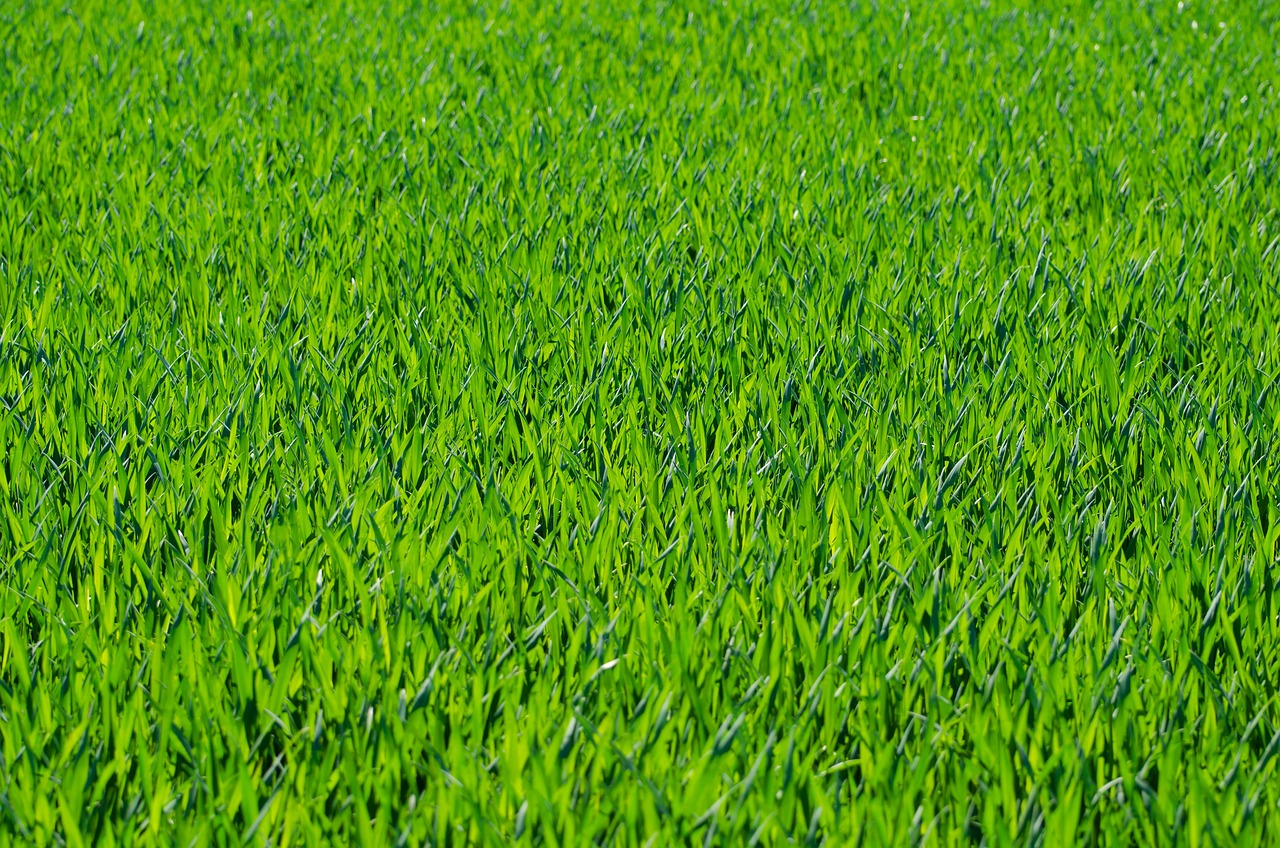Maintaining a lush, green lawn requires more than just mowing and watering. A critical component for promoting healthy growth is ensuring your lawn gets the proper nutrients. One of the most effective fertilizers to achieve this is triple super phosphate (TSP). But what is triple super phosphate, how can it be used for a lawn, and who needs it? Let’s dive into the details.
What Is Triple Super Phosphate?
Triple super phosphate (TSP) is a concentrated form of phosphate (P₂O₅), an essential nutrient for plants. It contains approximately 46% phosphate, which translates to around 20% elemental phosphorus—a crucial element for plant development. TSP is produced by treating rock phosphate with sulfuric acid, making it a highly soluble and effective fertilizer.
Phosphorus plays a vital role in lawn health by:
- Promoting strong root development
- Encouraging blooming and fruiting in plants
- Helping grass fight disease and stress
How Can Triple Super Phosphate Be Used for a Lawn?
Using triple super phosphate correctly can significantly enhance your lawn’s health. Here’s how to apply it effectively:
- Conduct a Soil Test First
Before applying TSP, perform a soil test to determine phosphorus levels. Overuse can lead to runoff, harming local waterways. Phosphorus is most effective when soil pH is between 6.0 and 7.5, so adjusting your soil accordingly can improve results. - Apply in the Fall or Spring
The best time to apply TSP is during the fall or early spring, when grass roots are actively growing and can absorb the nutrients effectively. - Measure Your Lawn’s Size
Apply TSP at recommended rates. For example, if soil tests indicate a deficiency, a typical application is 0.5 to 1 pound per 1,000 square feet. Follow local guidelines for best results. - Use Proper Application Techniques
Use a broadcast spreader to distribute the fertilizer evenly. Water the lawn thoroughly after application to help nutrients penetrate the soil. Avoid spreading TSP near water sources to prevent runoff. - Monitor Your Lawn’s Progress
Regularly check for signs of improved growth, such as greener color and stronger roots. If issues persist, re-test your soil.
Who Needs Triple Super Phosphate?
Triple super phosphate is particularly beneficial for:
- New Lawns: It promotes strong root establishment, helping grass thrive from the start.
- Poor Soil Conditions: Lawns with sandy or clay-heavy soil often require phosphorus for better growth.
- Yellowing Grass: Phosphorus deficiencies can lead to dull, yellowish grass, which TSP can help correct.
However, not all lawns require TSP. If your soil already has adequate phosphorus, adding more won’t improve your lawn and can potentially harm the environment.
Is Triple Super Phosphate Safe for My Lawn?
When applied correctly, TSP is safe and effective. However, excessive use can lead to nutrient runoff, contaminating nearby lakes and rivers and causing harmful algal blooms. Many states have restrictions on phosphorus fertilizers, so check local regulations before applying TSP to your lawn.
Tips for Fertilizing Your Lawn With TSP
To make the most of triple super phosphate:
- Test Your Soil Regularly: This ensures you’re only applying what your lawn needs.
- Balance Nutrients: Combine phosphorus with nitrogen and potassium for a well-rounded fertilization plan.
- Consider Organic Alternatives: If you prefer natural options, bone meal and compost offer phosphorus, though in lower concentrations.
Environmental Considerations and Alternatives
Phosphorus runoff is a growing concern in many areas due to its impact on water quality. To minimize environmental risks:
- Follow Proper Application Guidelines: Apply TSP only where needed, and avoid spreading it near sidewalks, driveways, and water bodies.
- Explore Slow-Release Options: Some phosphorus fertilizers release nutrients gradually, reducing runoff potential.
- Use Phosphorus-Free Fertilizers: In areas where soil phosphorus levels are sufficient, opting for phosphorus-free alternatives can still support lawn health.
Final Thoughts
Triple super phosphate is a powerful fertilizer that can significantly enhance your lawn’s health when used correctly. Whether you’re establishing a new lawn or addressing phosphorus deficiencies, TSP can help promote strong root development and lush green growth. However, it’s crucial to follow application guidelines, perform soil tests, and consider environmental impacts to ensure responsible use.
By taking a balanced approach, you can enjoy a thriving lawn while being mindful of sustainability.



